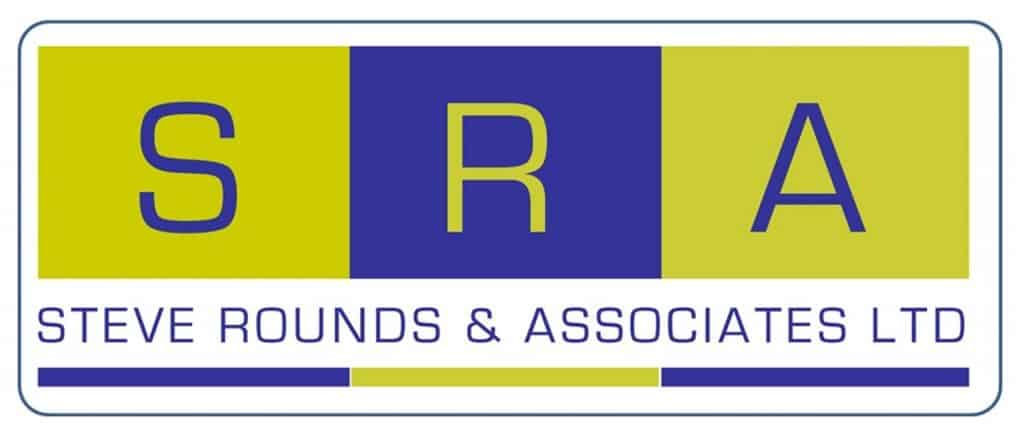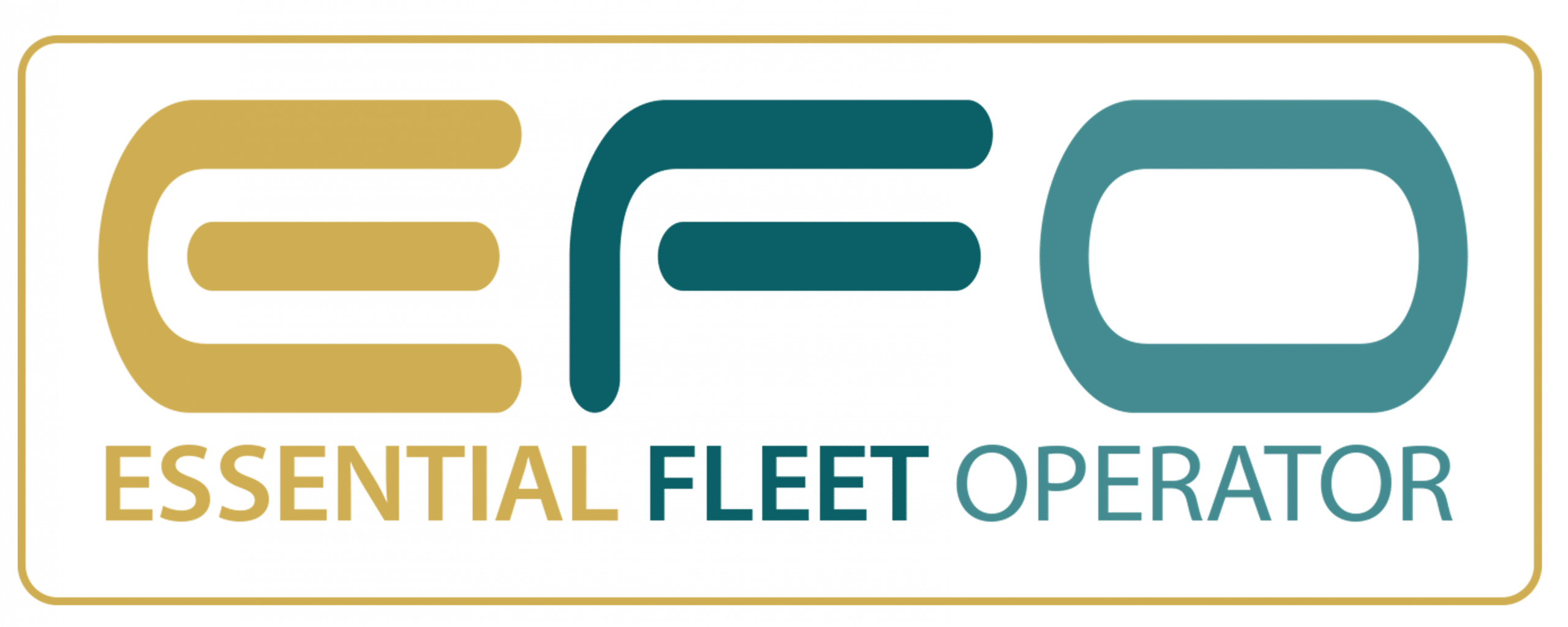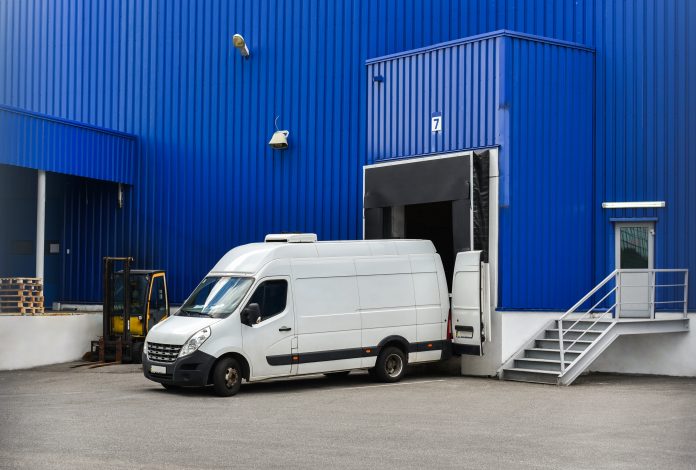By: Steve Rounds & Associates Ltd
Without a doubt, the most asked about subject area in our line of work as road transport consultants over the past 18 months or so, has been about the safe loading of vehicles, and this crosses all sectors from light commercials right through to heavy goods and abnormal and indivisible load transport.
However, the majority enquirers appear to have their own solution to the problems they pose, which are invariably a work around to suit their current methods of operation and not a solid application of the law and guidelines. So, in this article, I hope to guide all fleet operators from company cars right through to the heaviest of commercial vehicles in the current requirements for the safe loading of vehicles.
We shall look at the principles of load safety as well as the legislation and guidance documents from the Department for Transport:
- Safety of Loads on Vehicles, Code of Practice, Third Edition
and from the European Union:
- European Best Practice Guidelines on Cargo Securing for Road Transport
- European Best Practice Guidelines for Safe (Un)Loading of Road Freight Vehicles
Before we start however, it is pertinent to understand that although the guidance documents are not enshrined in law, they can be treated in very much the same way as the Highway Code i.e. not law in itself but the advice and guidance contained therein, is taken from elements of legislation and best practice that can be used in court to determine whether a criminal offence has been committed or not, when the facts of the case are in dispute.
So, the moral here is follow both the law and the guidance!
Principles of Load Safety
It’s obvious (to most) that when a vehicle is in motion, it’s load is travelling at the same speed and therefore has an amount of kinetic energy and the heavier the load, the greater amount of kinetic energy. Under cornering or braking, friction is not sufficient to keep a load in place and the heavier the load, the more likely it is to move.
The overarching principle of safe loading then, is that a load that is not restrained is not secure.
When a vehicle is in motion, the vibrations caused by uneven road surfaces and bumps in the road can, at times, reduce the amount of friction to zero. If the load is able to move, then it can gain momentum and the greater the distance that movement is permitted, the more force it can impart in a ‘battering ram’ effect. It is essential therefore that the load is restrained in such a way that movement of the load is prevented.
As most force can be applied to a load in the forward direction under heavy braking, the combined force of the load restraints must be able to tolerate not less than 100% of the total mass in the forward direction, in such circumstances. Cornering and reversing applies less force to the load and so the load restraint system must be able to tolerate not less than 50% of the total mass to each side and to the rear, under normal driving conditions.
However, where a vehicle is involved in a collision, peak forces are substantially higher than those described above, so the above should be taken as the minimum requirements.
Having set out the basic principles, the next issues to consider are the type of load to be arranged and secured and the type of vehicle, or vehicles to be used which will then inform the type of lashing that is required.
Loads should always, where practicable be placed against the headboard of a trailer or bulkhead of a vehicle but where this isn’t possible, creating a solid block at an appropriate place on the load bed using clamps, wedges or scotches, should be considered to maintain even load distribution across all axles.
Care should be taken where the vehicle is on multi-drop operations, as the removal of load (mass) from the rear of the vehicle, can effectively increase the load on the front axle or axles. Think of the rear axle as the fulcrum on a seesaw where weight is removed from one side, the other will lower proportionately. Remove enough weight from the rear of the vehicle and the load is then biased towards the front, potentially creating an overload scenario where none was present when the vehicle was full. This is commonly known as the diminishing load effect and operators should instruct drivers to re-distribute multi-drop loads at regular intervals to maintain even distribution of mass across all axles.
More obvious, is the advice on the distribution of loads of differing weights in order to maintain maximum vehicle stability, where the heaviest items should be located as low as possible, and as close to the vehicles centre of gravity and load bed centre line, as possible.
These basic principles apply to all vehicle be they cars, vans, flat bed, box type or curtain side lorries and trailers however, there is one specific regulation pertaining to curtain sided vehicles and trailers of all sizes. If regular weight curtains are used, the vehicle or trailer must be considered as a flatbed with the curtains there for weather protection only, however where curtains are fitted that meet the European Standard EN 12642 XL, these may be used to restrain the load in the sideways plane, so long as the vehicle or trailer’s load is a positive fit i.e. gap between the load and the side curtains must not exceed 80 cm.
Securing the load itself depends on the load type and there are many options to suit each application. Rope and tarpaulins tend to be a thing of the past, but still have their place in protecting loads on open vehicles. Modern lashing types include webbing straps, chains, steel wire, blocking bars and nets, with each having a specific application which are too numerous to describe in a short article but are amply explained the European Best Practice Guidelines on Cargo Securing for Road Transport.
So far, I have only outlined the basic principles of safe loading but nothing about how the process of loading should take place and, in this regard, reference to the European Best Practice Guidelines for Safe (Un)Loading of Road Freight Vehicles, is useful. What is clear from a Health and Safety perspective is that all operatives involved in the loading and unloading of any vehicle type, should be trained to carry out that role and have a clear understanding of other operatives’ roles with whom they will interact. Training in manual handling is essential, as is competence in any materials handling equipment used and of course the use of appropriate personal protective equipment.
Finally, what happens if it all goes wrong? Well that depends on the degree of severity of the incident and whether a death or deaths are involved.
Both drivers and the vehicle operators are deemed to be users of vehicles and so any load related prosecution can involve both parties although minor incidents are usually dealt with by means of graduated fixed penalties at the roadside for the driver only.
Where a vehicle is overweight, the offences can soon rack up as there are specific offences for axles and for gross vehicle weights, so a two axle vehicle that is over weight on both axles and its gross vehicle weight can attract three fixed penalties or summonses, which in the case of the later will be for both driver and the operator.
For loads that pose a risk of injury to any person then drivers can expect a fine and at least three penalty points, however if the police or DVSA deem the vehicle to be in a dangerous condition then there could be either a discretionary disqualification for the driver, if found guilty at court plus a fine of up to £2,500 for non-commercial vehicles and double that for commercial vehicles i.e. vans over 2,500 kgs upwards. If a driver has committed a similar offence within the last 3 years then they will face an obligatory disqualification.
Where an incident involves the death of a person then the police could consider the offences of causing death by dangerous driving or death by careless driving or even corporate manslaughter if a company or organisation can be shown to have serious management failures resulting in a gross breach of a duty of care.
So, what appears to be a simple, everyday problem at first view could cause significant operational and legal issues for a business operator, either in respect failing to understand the basic principles of safe loading or the more specific requirements of correct vehicle selection, load distribution and restraint equipment choices.
Where operators are unsure about any aspect of the safe loading of any vehicle types, we would always recommend a consultation with qualified transport consultants such as ourselves, as this is always more cost effective than trying to rectify problems after they have occurred.
For more information contact: Steve Rounds
https://www.steverounds.co.uk/





